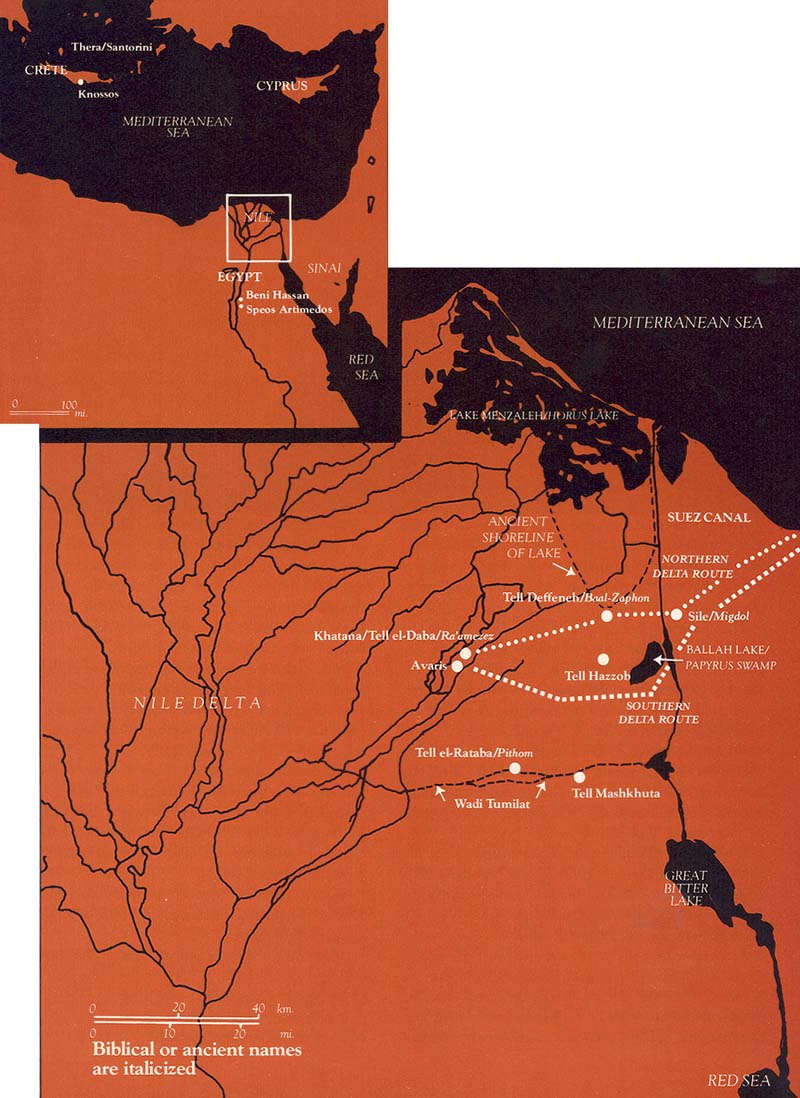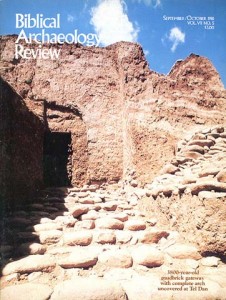The Exodus and the Crossing of the Red Sea, According to Hans Goedicke
Leading scholar unveils new evidence and new conclusions; search goes on for archaeological support

The crossing of the Red Sea in which the Egyptians drowned was an actual historical event that occurred in 1477 B.C. The miraculous episode took place in the coastal plain south of Lake Menzaleh, west of what is now the Suez Canal. The drowning of the Egyptians was caused by a giant tidal-like wave known as a tsunami which swept across the Nile delta, over Lake Menzaleh, inundating the plain south of the lake. The tidal-like wave was transmitted by a volcanic eruption in the Mediterranean Sea.
These are some of the major conclusions recently announced by Hans Goedicke, chairman of the department of Near Eastern Studies at Johns Hopkins University and a world-famous Egyptologist. Generally regarded as a careful and cautious scholar, “not given to wild speculation,” Professor Goedicke reached his new conclusions after a lifetime of study.
Professor Goedicke’s interpretations are causing tsunamis of their own in the scholarly world. Almost every aspect of his theories runs counter to a substantial body of prevailing scholarly thought. There is no question, however, that Professor Goedicke is also causing a lot of rethinking about some old cruxes.
Already a library member? Log in here.
Institution user? Log in with your IP address.

